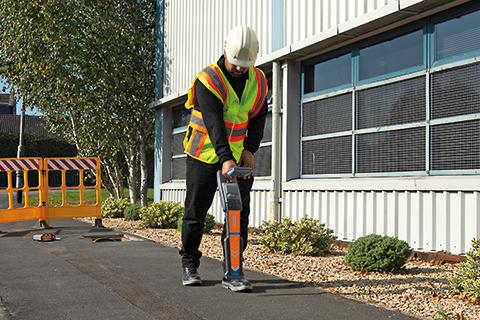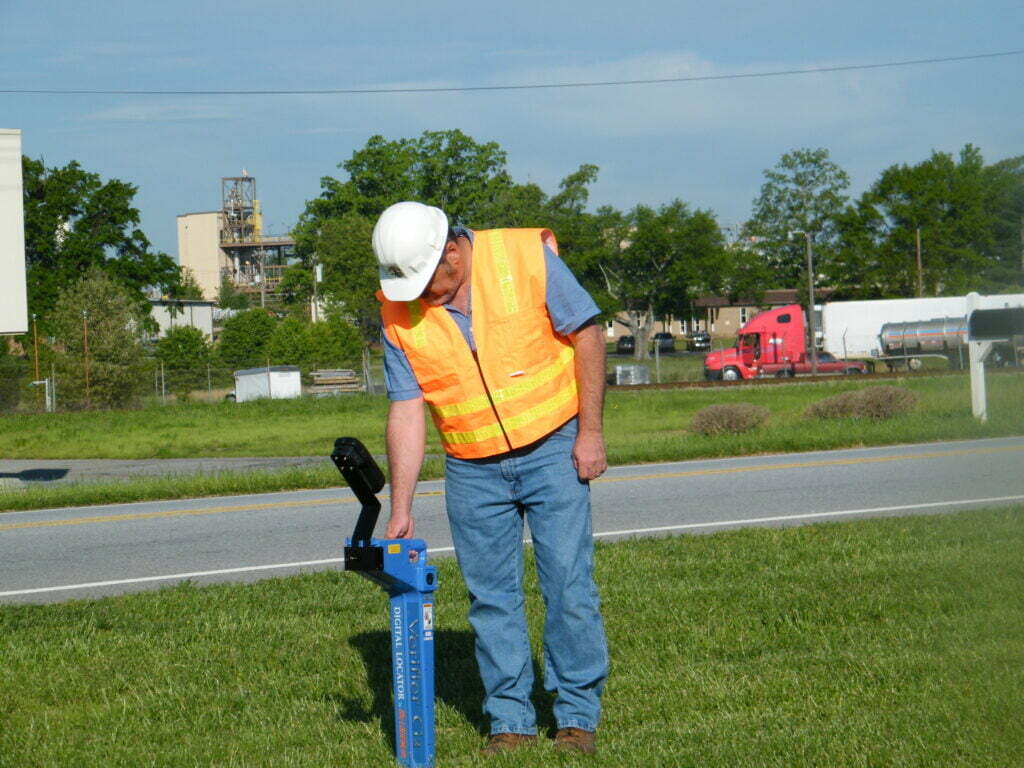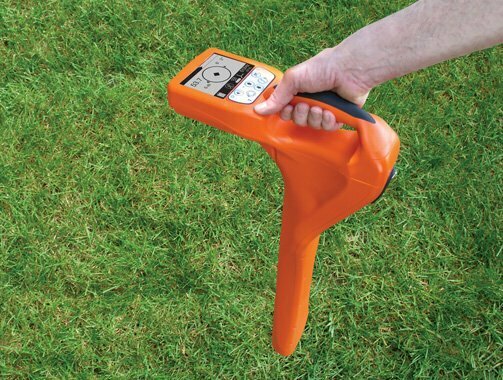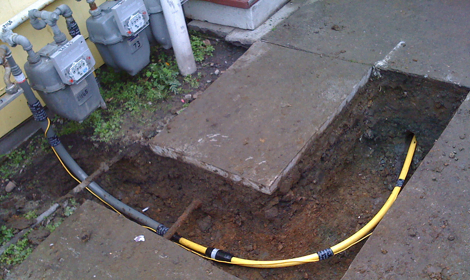Underground pipeline detector has two categories according to the principle of detection.
One is pipeline detector. It can use electromagnetic induction principle to detect metal pipelines. Including electric / fiber optic cable, and some non-metallic pipelines with metal marker lines.
The other is pipeline radar. It can use electromagnetic waves to detect all materials of underground pipelines, also can find buried objects underground, commonly known as radar.
Generally speaking, the underground pipeline detector has two major parts.
Namely the transmitter and receiver.
Transmitter: To apply a signal current of a special frequency to the pipeline under test, there are generally three modes: 1. Direct connection method, 2. Induction method, 3. Clamping method.
Receiver: The receiver has a built-in induction coil. Which receives the magnetic field signal of the pipeline. And the coil generates the induction current, so as to calculate the direction and path of the pipeline.
In general, the transmitter of the underground pipeline detector has three reception modes:
Peak mode (maximum value), Valley mode (minimum value), Broad peak mode.
In addition, more advanced instruments now generally come with peak arrow mode. (Combining the advantages of both peak and valley values, making the operation more intuitive). And compass guidance (for indicating the direction of the pipeline).
If you want to choose an underground pipeline detector, then you can be based on the following criteria:
- Firstly, according to their needs: many pipeline meter is only suitable for part of the detection requirements. In the selection, to understand clearly the scope of application of the pipeline meter.
- Secondly, to understand the test method of the pipeline meter, whether the operation is easier, the interface is more intuitive.
- Thirdly, to understand the function of the pipeline meter, the ability to measure depth is in line with their needs.
- Finally, whether the configuration of accessories is complete. Such as clamp (generally used for dense areas of cable detection), rechargeable batteries (to save detection costs), etc.
Finally, let’s talk about the advantages and disadvantages of these two types of underground pipeline detectors.

A class is the use of electromagnetic induction principle to detect metal pipelines, electric / fiber optic cable, and some non-metallic pipelines with metal marker lines, which is referred to as pipeline detector.
Advantages:
Fast detection, simple and intuitive, easy to operate, high accuracy.
Disadvantages:
Detection of non-metallic pipelines, non-metallic probes must be used, this method is more laborious to use, the need to invade the interior of the pipeline.

Another category is the use of electromagnetic waves to detect all materials of underground pipelines, can also be used to find buried objects underground, commonly known as radar, also known as pipeline radar.
Advantages:
It can detect all materials of pipelines.
Disadvantages:
High requirements for the environment, poor depth measurement ability (difficult to check the buried deeper pipelines), high requirements for the quality and experience of the operator.
Any instrument is not perfect, need to be used in conjunction with the use of their best.
Traditionally, the pipeline detector only refers to the use of electromagnetic induction principle of pipeline detector, is also the most used instruments


